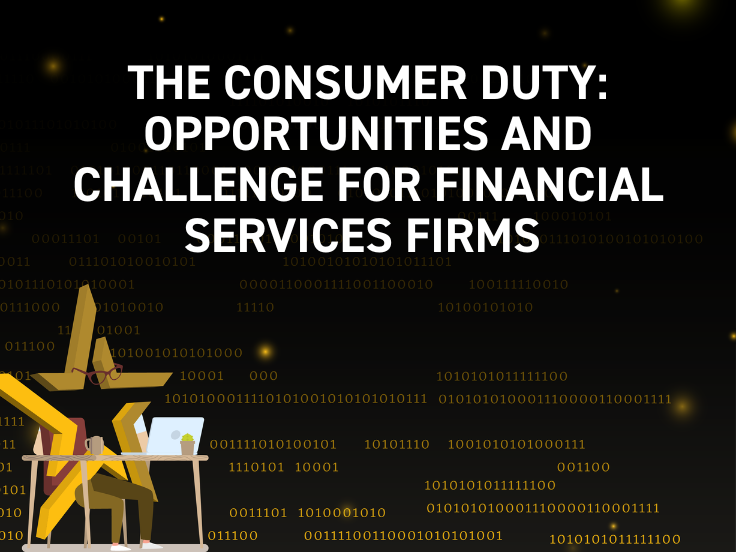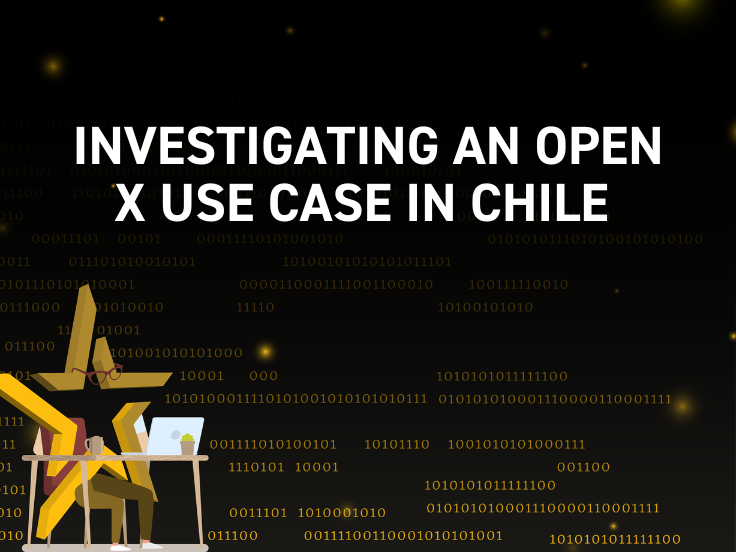
Open Banking Can Bridge The Advice Gap and Boost Financial Inclusion
 11:59 08 Aug 2023
11:59 08 Aug 2023 To tackle exclusion, we must improve consumers’ financial health and ensure they have access to tools which drive better outcomes, argues Ripsy Bandourian, Head of Plaid Europe

Access to bank accounts is now an outdated metric for measuring inclusion. To understand this challenge, we need to dig deeper. Many consumers are not locked out of the system altogether but are instead excluded from certain parts of it. Others suffer impacts to their financial health which would be entirely avoidable if only they had access to the right advice. To address financial inclusion, we must not only be certain that the unbanked have access to accounts but ensure people are able to make the best of their hard-earned money.
Traditionally, the best way to drive positive outcomes and avoid financial harm was to enlist the assistance of an advisor – an option that was simply out of reach for your everyday consumer. This created the advice gap which, as I define it, refers to the negative impact that a lack of access to services and advice on how to manage money has on an individual’s financial well-being. I believe this situation is not only unacceptable, but unnecessary in a world where we have the ability to leverage Open Banking and financial technologies to address these issues.
Inside The Advice Gap
Plaid’s mission is to “unlock financial freedom for everyone”, which is an ambition that speaks to me personally. I’ve lived in multiple countries. I’ve been an immigrant and expat. Along the way, I’ve been touched by limited access to financial services and advice. I have witnessed firsthand the profound impact that financial exclusion can have, not only on an individual’s future prospects but also on their daily lives and behaviours.
The advice gap is an international challenge. In the United Kingdom, our research found that 70% of financial advisors believe the gap between those who can afford financial advice and those who want it has worsened in the past five years. In the United States, a staggering 90% of individuals are unable to receive financial advice.
Economic uncertainty widens the advice gap and increases its impact. When the cost of living rises, the day-to-day effect of the gap is much worse. Plaid’s research shows 83% of people say the rising cost of living is their main economic concern. Furthermore, 41% of people said they have little to no confidence in the economy and 62% reported that their financial stress has increased since last year. Our research also contained some good news: 61% of consumers feel that financial technology has helped them weather economic challenges. In the UK, two out of three consumers already use such services, while in the US, the number stands at around 60%
Better Finances With Open Banking
Open Banking is a key enabler of digital banking technologies which help us bridge the advice gap in a number of ways. One of its key strengths is the ability to enhance, simplify and remove friction from secure onboarding. To illustrate why this is important, imagine a fledgling investor taking their first steps with a wealth manager. Their first interaction with wealth management services is now likely to be through digital channels. To access these, consumers first connect their primary bank account. Once, this was a difficult and sometimes risky process – or at least unsettling for the consumer who is required to hand over larger amounts of personal data. This data was often inaccurate and out-of-date due to a lack of real-time connections.
Thanks to Open Banking, it is now incredibly easy for consumers to connect their bank account, verify ownership and complete onboarding. As such, we’re seeing more and more wealth managers using Open Banking to onboard users and make it seamless for them to connect their bank accounts and save money at a time and a place where it makes more sense for them. When multiple accounts are connected, people will be able to gain a better picture of their financial health and benefit from advice which is more personalised, up-to-date and actionable.
Open Banking payments are also playing a role in tackling the advice gap and improving financial inclusion. Variable Recurring Payments (VRPs) in their mandated sweeping form move money around to help savers avoid fees and benefit from the best interest rates on their savings accounts. In the past, people who had fallen into the advice gap would not have had the knowledge needed to shift their money between accounts in search of higher interest rates and lower costs. Now, it’s automated. As we move into Open Finance and beyond, more and more types of financial services will offer the same access to the intelligent and automated services once exclusively delivered by human health managers, spreading the benefits to a wider share of consumers.
Financial Inclusion Challenges
There are challenges which are preventing Open Banking from exerting its full effect on the challenge of inclusion. One of the blockers is the fact that we have still not arrived at Open Finance yet, which means we’re limited to sharing data from current accounts. Right now, it’s not as easy to connect credit cards and other types of accounts as it is to connect current accounts. This will inevitably change. By gathering information from all accounts, individuals can gain a much more complete picture of their financial wellness and well-being which, in turn, enables the delivery of much better advice that is more suitable for you as an individual.
We also need to push forward with the development of commercial non-sweeping VRP. The JROC’s roadmap for the implementation of these game-changing payments is therefore very welcome. At the stage we’re currently at in the development of Open Banking payments, there is an opportunity for us to make them even more seamless and secure. As we move forward with commercial VRP, we’re making it easier for people to transfer money in a much more seamless way once they’ve authorised payments. But we’re not there yet.
Consumer knowledge is also a challenge. If you stop someone on the street and ask them about Open Banking, they’re far from guaranteed to know what it is. How do we build up that trust and communicate and demonstrate the benefits Open Banking provides to the end user as well as the ecosystem as a whole? How do we remove barriers to entry? There is no silver bullet. Education cannot be achieved by regulation, so every player in our ecosystem needs to do their part to help move that needle.
However, these obstacles can be overcome. I’m an optimist at heart so am confident that we can jump the hurdles in our way, deliver Open Finance and ultimately address financial inclusion by closing the advice gap. As we unlock new services through Open Banking and Open Finance, we will make financial services more accessible and useful through a number of different use cases. If we bridge the advice gap once and for all, we will be a lot further along the road to financial inclusion.
Plaid data used in this blog has been referenced from the free FinTech Effect Report.



 " alt="">
" alt="">

 " alt="">
" alt="">
 " alt="">
" alt="">
 " alt="">
" alt="">
 " alt="">
" alt="">
 " alt="">
" alt="">
 " alt="">
" alt="">
 " alt="">
" alt="">
 " alt="">
" alt="">